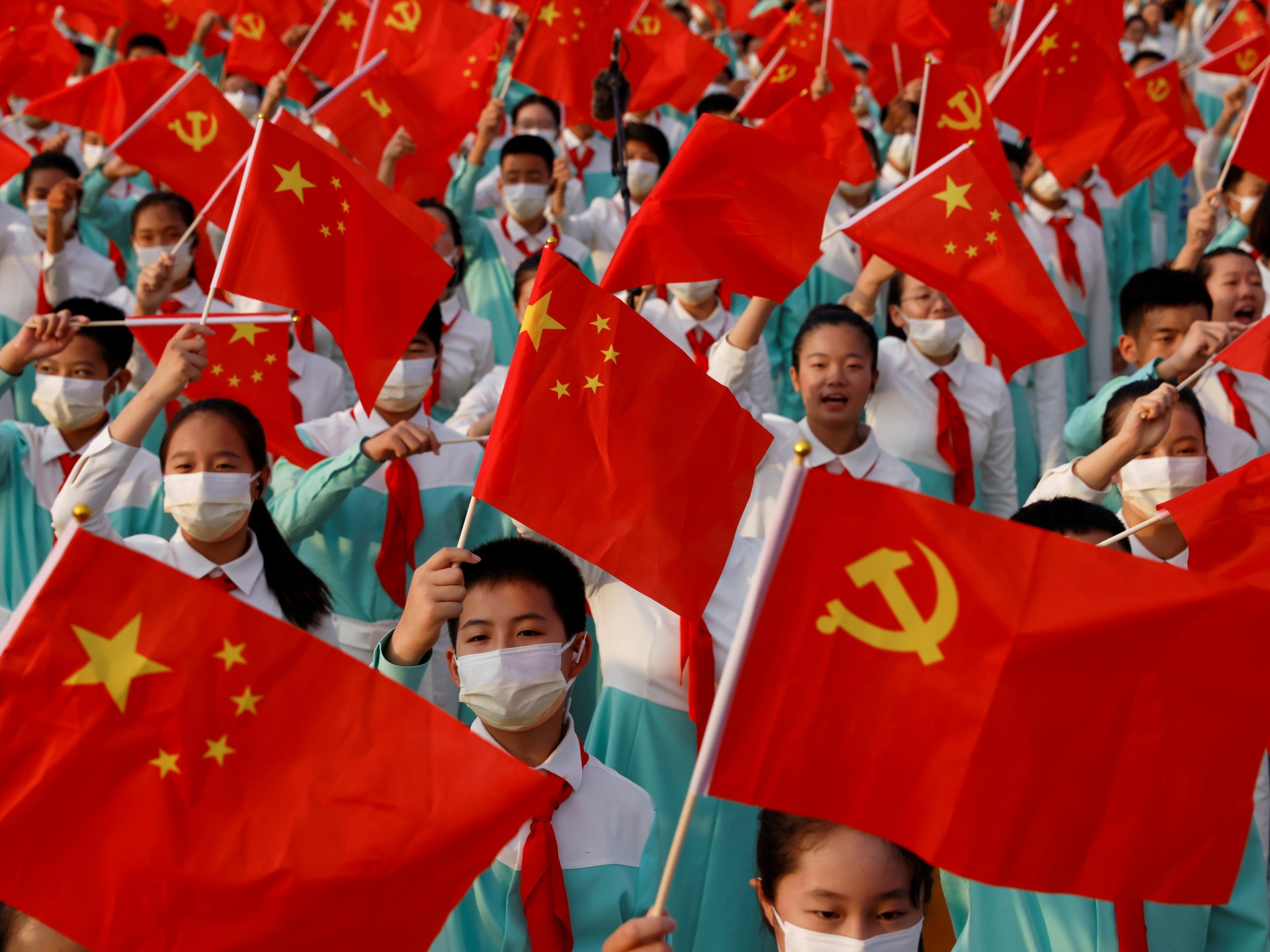China is spending billions of dollars a year to shape perceptions of China through influence, censorship and disinformation in a large-scale campaign that could threaten global freedoms, the United States has said.
“Beijing has invested billions of dollars to construct a global information ecosystem that promotes its propaganda and facilitates censorship and the spread of disinformation,” the State Department spokesperson said in a statement on Thursday following the publication of the Global Engagement Center’s report.
The report noted that Beijing used a number of “deceptive and coercive methods” to try and influence the international information environment and “bend the global information environment to its advantage”.
“Unchecked, the PRC’s efforts will reshape the global information landscape, creating biases and gaps that could even lead nations to make decisions that subordinate their economic and security interests to Beijing’s,” the report warned, referring to the country by the initials of its official name, People’s Republic of China.
In recent years, Beijing has stepped up its influence campaigns on social media platforms such as X (formerly Twitter) and YouTube, particularly over hot-button issues such as Xinjiang, the South China Sea and Taiwan, while its state media has set up editorial partnerships with traditional and online media elsewhere in the world, sometimes even buying control of outlets.
The US report identified five main elements of China’s global media strategy: leveraging propaganda and censorship, promoting digital authoritarianism, exploiting international organisations and bilateral partnerships, pairing co-optation and pressure, and exercising control over Chinese-language media.
Taiwan, the self-ruled island Beijing claims as its own, has long been on the front line of China’s media war.
Foreign Minister Joseph Wu told Al Jazeera earlier this month that Taipei was preparing for Beijing to step up its misinformation and disinformation campaigns ahead of the presidential elections in January.
He noted, too, how China had sought to frame the narrative about Ukraine in the eyes of the people of Taiwan.
“Beginning from the war in Ukraine, the Chinese were pushing the Russian narratives in Taiwan: ‘The war was started by the United States or NATO and the United States is not interested in helping Ukraine. The United States is not interested in peace in between Ukraine and Russia, because the United States continues to provide weapons to Ukraine,’” Wu said.
“They are pushing that day in and day out. Towards the middle of last year, we did a public opinion survey and the Taiwanese people’s trust in the United States decreased about 10 percent. That’s quite significant.”
The State Department said that as of 2021, almost 100 influencers were known to be disseminating official Chinese messaging in at least two dozen languages on multiple social media platforms to a combined audience of more than 11 million people.
Suppression, manipulation
In other examples of China’s attempt to shape the global narrative, the State Department said more than 1,000 pro-Beijing online accounts had tried to suppress a report from Safeguard Defenders, a human rights group, exposing China’s operation of suspected overseas police stations in 53 countries around the world.
It noted Beijing’s attempts to shape its narrative also extended into technological hardware, citing a September 2021 report from Lithuania’s National Cyber Security Centre that found mobile phones made by Xiaomi had a default capability to censor a list of at least 449 phrases. It was disabled in European shipments but could be activated remotely.
Such mechanisms reflect China’s own strictly controlled online space, where words, phrases and pictures deemed sensitive are impossible to post or quickly removed.
The US report also referenced media partnerships developed by state-run China Central Television (CCTV), which it said provides free video footage and television scripts to 1,700 foreign news organisations and media groups. It said such content was “in many cases” repackaged by the local outlets without any indication of its origin.
State-run newspapers such as the China Daily have similar agreements.
China has also sought to influence perceptions through outreach programmes – escorting groups of diplomats and journalists on tours to the far western region of Xinjiang, where the United Nations has accused Beijing of possible crimes against humanity for holding as many as one million mostly Muslim Uighurs in reeducation camps.
This month it took a group of 22 journalists from more than a dozen countries including France, Malaysia, the Philippines and Saudi Arabia on a week-long visit to the region.
A CCTV video report on the visit showed the journalists watching cultural dances and telling the channel they were impressed by Xinjiang’s peace and stability, and the happiness of the people.
A report from one of the Malaysian journalists on the tour included photographs of knives and guns from an ‘Exhibition of Major Terrorist Attacks and Violent Crime’.
China has argued the camps are vocational training centres necessary to tackle “extremism”.
The US said China was also creating a “community of digital authoritarians” through its export of surveillance and “smart city” systems of the kind used extensively in places like Xinjiang. It added that the installation of technologies produced by telecommunications giant Huawei also left countries vulnerable to Chinese influence.
As of November 2021, it said at least 18 countries were using Huawei-manufactured middleboxes, which facilitate and inspect internet traffic on some online networks to block access to certain sites.
The US is among countries that have banned Huawei from its advanced telecommunications networks amid concerns for security and privacy given its ties to Beijing.
Huawei has denied such links.
